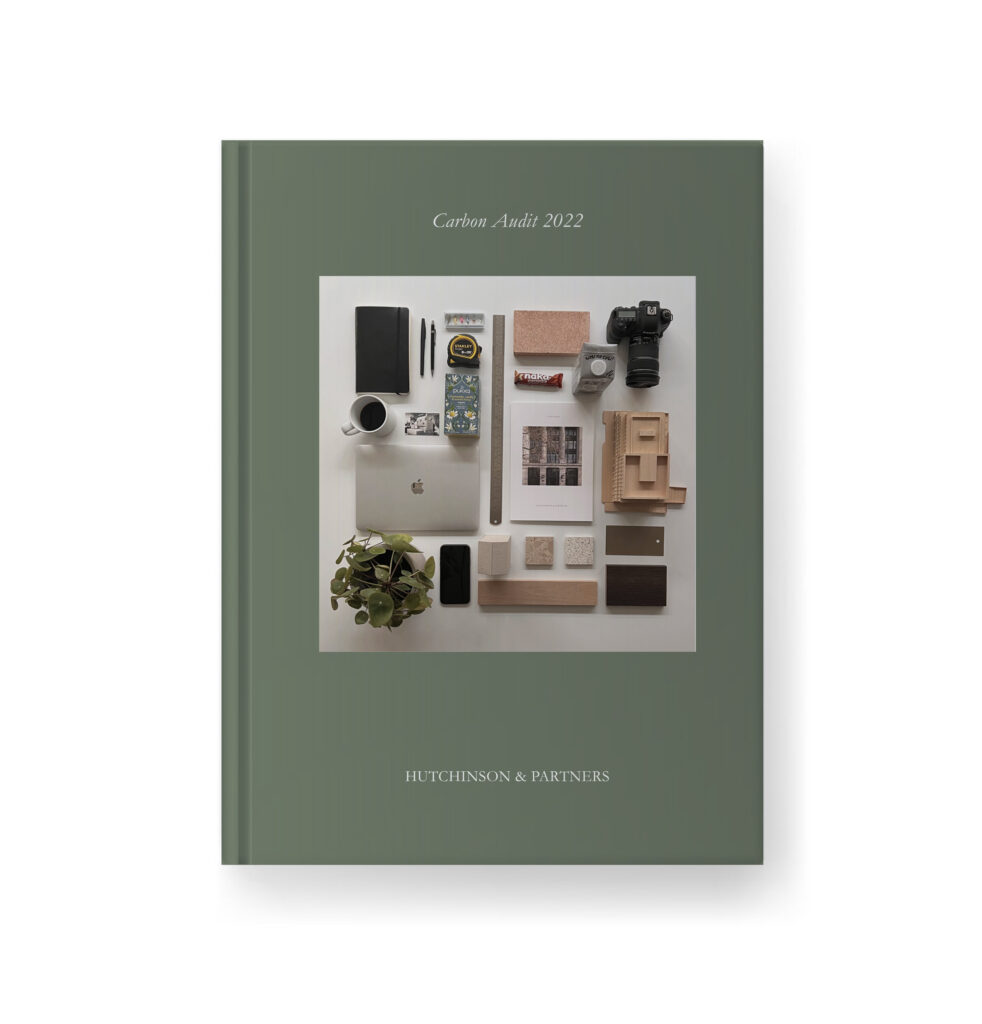
Our Journey to Becoming a Carbon Zero Practice
18.11.2022
We have been watching closely as the world’s leaders gather at COP27 in Sharm el-Sheikh to discuss their proposals for meeting the goals of the Paris Agreement, and whilst we are not wholly surprised, we are sad to hear the stark warnings from the United Nations, that they believe that there is currently no credible pathway to reaching the 1.5 degree target.
As Architects we hold considerable influence in decisions that can have a huge impact on the environment. As such we, as a practice, place a significant focus on trying the ensure that we make informed, scientific, rational and climate-focussed decisions when it comes to our architecture. This is something that we are working at, we haven’t cracked it yet, and there is still a long way to go before we have the tools, research and influence that we need to truly understand and convey the complexities of these issues. However, we are working hard towards it, and we feel that through transparency, collaboration and focus, we can help to move the conversation in the right direction.
We were also keen to ensure that our business functions in a way that is aligned with our design values. As such we have spent the last year tracking our operational carbon usage throughout our London and Berlin offices. This process has been insightful and illuminating, it has allowed us to make more informed decisions about the way in which we make decisions, and to identify where we are performing well, and where there is scope for improvement.
We have also been cheered by much of what we have discovered. For instance, our annual carbon usage, before any offsetting measures are accounted for, is already comparatively low when compared to many similar businesses. On further investigation, we were heartened to find that some of the key reasons why this is the case, is as a result of the role of well-designed cities and buildings, topics very close to our heart.
Firstly, we are based in two of Europe’s capitals, London and Berlin, and the main body of our work is focussed on the regeneration of these fine cities. This allows us to ensure that our travel is minimised, that we have an intimate local knowledge of the places and communities that we are designing for, and that the majority of the team are able to live close to the studio and the projects, which, in turn, are fantastically served by an efficient network of active and public transport options.
The second key contributing factor is that our studios are located in recently retrofitted buildings, where a key focus of the refurbishment works was on moving towards a lower operational energy and resource model. This, alongside the usage model of the buildings as shared, flexible workspaces, has allowed us to only use the space we need, and keep our energy usage at a very low level. Furthermore, all of our energy is purchased through green tariffs.
We are still looking to better our performance and are keen to ensure that we pursue measures that allow us to further reduce our impact. As such we have taken the approach that we should state our carbon usage without any offsetting measures accounted for, even if these are provided upstream by suppliers. This allows us to generate a genuine picture of what we are using, and so focus on a comprehensive carbon reduction plan of all parts of the business, which we believe is the right approach. We have set ourselves targets for the following year, notably around international travel, and our slightly over-exuberant coffee consumption, but the exercise has provided a tool through which all members of the practice are able to understand and assess the impact of the decisions that we make.
However, we have also taken the decision to offset any unavoidable emissions, and so we are also happy to announce that we are now a net zero carbon business.
The offsetting project that we decided to invest in this year was chosen through a voting process by the team, who chose to support the creation of a wind power project in Madhya Pradesh, India, a project run by Gold Standard, and about which more details can be found in the following link.
goldstandard.org/collections/projects/1005-mw-wind-project-india-orange-renewable
For a copy of our Carbon Audit for 2022, and sources for our values and figures, please use the following link.
Lastly, we believe that leadership, accountability and information are all key factors to consider for those making their own journey towards becoming a Carbon Zero business. As signatories of the United Nation’s Race to Zero initiative, we found this to be both informative and motivational, and would heartily recommend this to others. More details of this can be found using the following link.